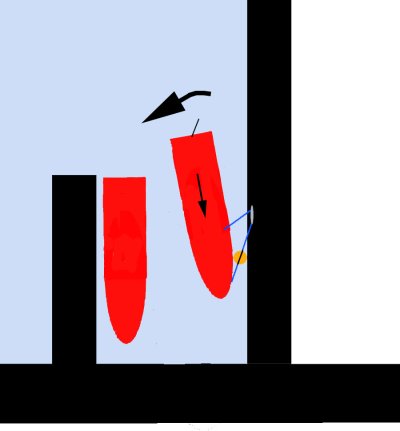Wow ------ !!!! This boat-handling thread has more "twists and turns" [pun intended] than any other I've seen.
Owning, managing and diligently working businesses makes my time for TF post reads/reviews quite limited. Being that I'm a life-long boat nut [i.e. a marine addict!] I do put in some minutes available for me to keep track on interesting threads.
I've glanced over several and deeply read many posts on this thread [but not all]. Some seem spot-on, some not so much.
Just gotta say: Driving [handling] a car, plane, motorcycle, articulating loader/grader and boats all have their own incidental, often momentary and at times split second needs/requirements.
For boating the facts of single or twin screw, forward and/or rear thrusters, strong or no currents, shoals or not, winds and gusts or none, deep keel displacement hull or basically flat-bottom/hard-chine planing hull, superstructure "sail" windage, center of gravity and placements of transient ballast [including food luggage tools as well as person's aboard suddenly shifting weight distributions] = EVERY BOAT'S handling situation in every instance is unique.
Therefore... although many suggestions can be made as to what to do when, where, how and why a pilot needs to handle a boat under any circumstance... IMO - any pilot of any boat needs to not only be familiar with [having practiced/experienced] "boat handling" in general and understand the basics of boat they are on... but also they should understand the basic physics of what can/will occur to a powered vessel floating in water with greatly altering natural conditions.
In other words... split second piloting decisions may be and often are needed to efficiently, correctly and successfully handle a boat under any circumstance.
This post is specifically placed for newbies or even long term boat owners who are not comfortable with boat handling.
Practice,
PRACTICE,
PRACTICE is the name of the "Boating Game"!!
Happy Boating-Handling Daze! - Art




